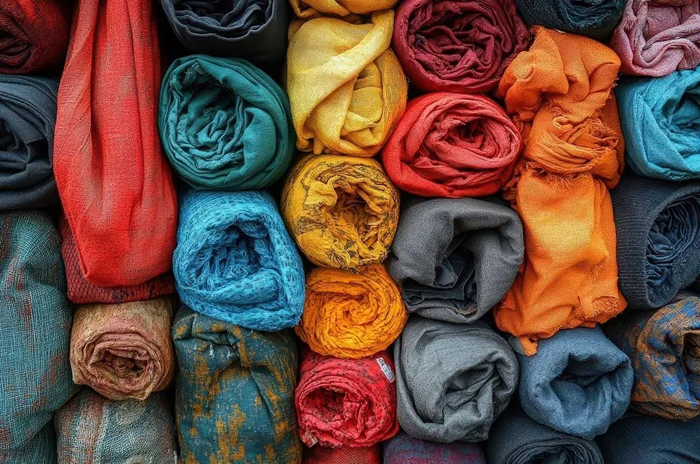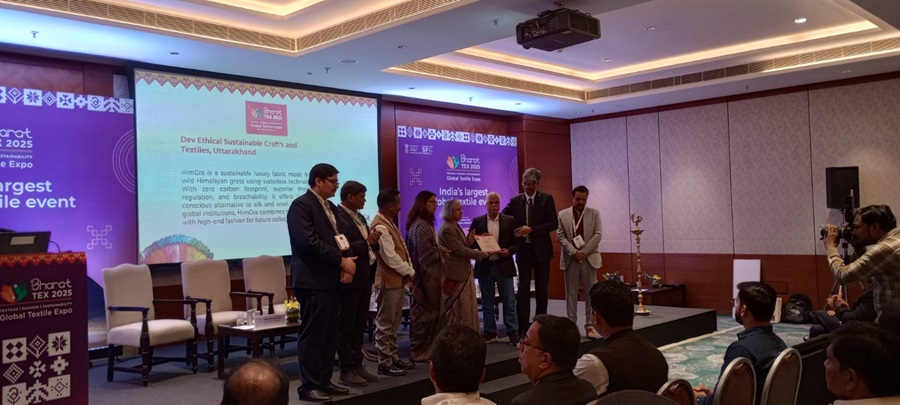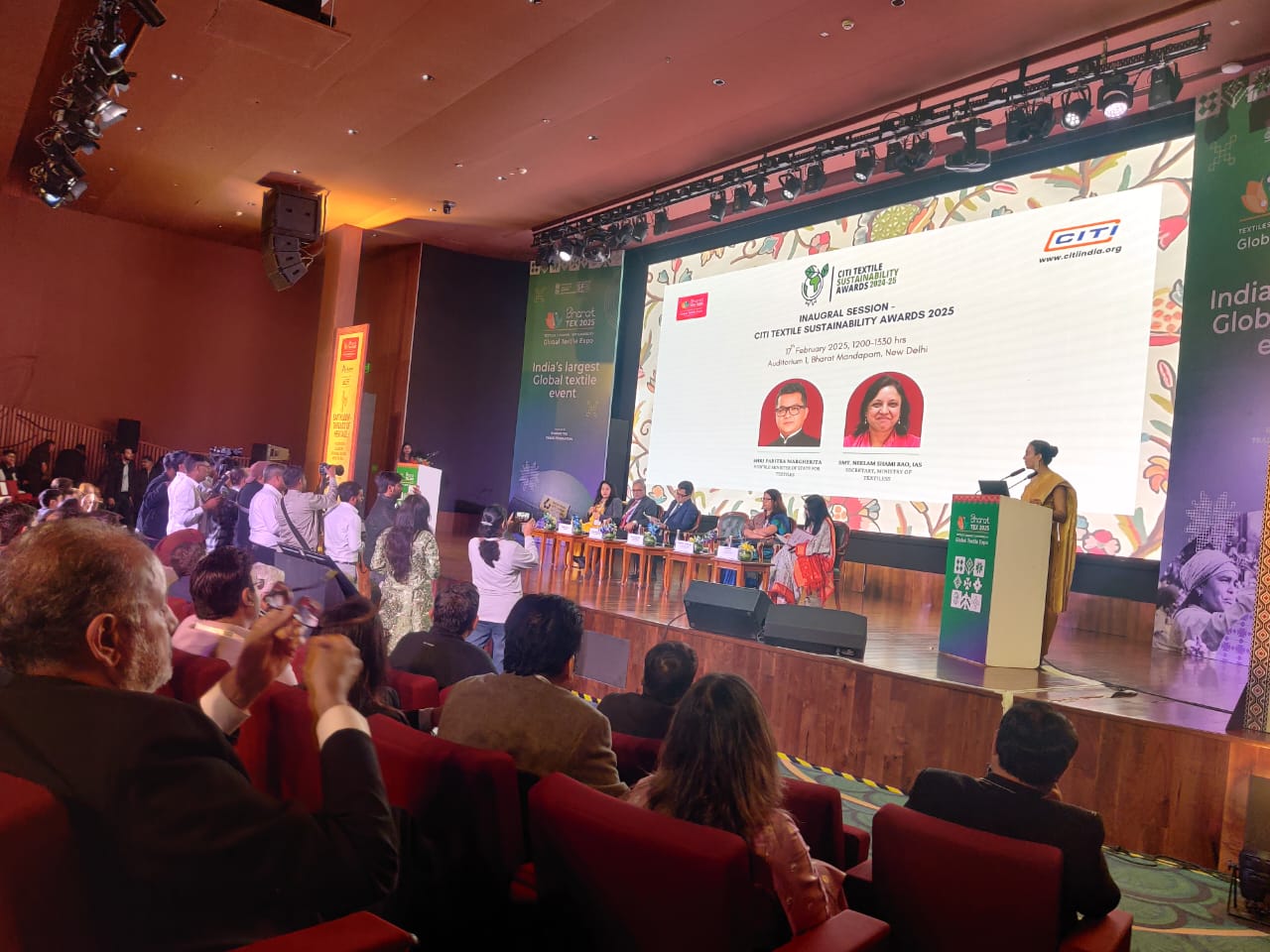India's innerwear industry is struggling due to its dependence on Chinese raw materials. Rising prices of essential inputs like cotton yarn, spandex, synthetic fibers, and elastics, largely sourced from China, have caused a sharp decline in exports over the past three fiscal years (FY22-FY24). The costs of the inputs have risen by over 20 per cent due to global supply chain disruptions, increased demand, and fluctuating energy prices in China.
Data reveals, exports of men's and boys' innerwear including underpants, briefs, pyjamas declined by 24 per cent, from $720.86 million in FY22 to $548.28 million in FY24. Women's and girls' innerwear exports also decreased by 20.37 per cent, from $627.74 million to $499.86 million. Exports of support garments segment including bras, corsets, suspenders witnessed a massive 35.30 per cent contraction, from $95.14 million to $61.56 million. Exports of leading innerwear manufacturers like Rupa have decined by 42.38 per cent.
The Men's Underwear Index (MUI), which links innerwear sales to consumer spending and economic health, reflects the situation in India. Abhash Kumar, Economics Professor, University of Delhi, explains, this decline in innerwear exports signals broader economic stress, supporting the MUI’s idea that lower sales of essential goods indicate pressure on the economy.
Despite a projected 10 per cent annual growth rate for India's domestic innerwear market, reaching Rs 1.07 trillion by 2029, the export decline remains a serious concern. Rahul Mehta, Chief Mentor, Clothing Manufacturing Association of India (CMAI), points out, as the production of innerwear garments in India is largely dependent on raw materials imported from China, the rise in raw material prices have led to a slowdown in production, resulting in a decline in exports.
Experts stress the need for action to reverse this trend and strengthen India's global market position. Ajay Srivastava, Founder, Global Trade Research Initiative (GTRI), emphasizes, as the data highlights a concern downward trend, it is crucial to address these challenges
High tariff and non-tariff barriers on raw material imports compound the problem, increasing production costs and hindering competitiveness. Mihir Parekh, Associate Partner, Foundation for Economic Development, argues, these trade barriers, along with ‘sub-optimal policy choices related to labor and trade,’ prevent India from fully utilizing its abundant manpower and achieving its economic goals. India's major innerwear export destinations include Bangladesh, Congo, Iraq, Jordan, Kuwait, Mauritius, Myanmar, Nigeria, Qatar, Saudi Arabia, the UAE, and the US.












